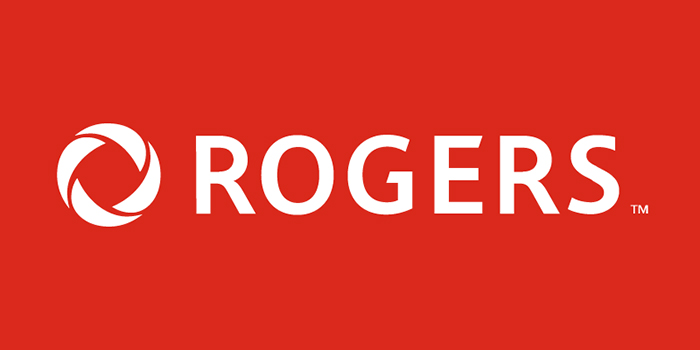Two of Canada’s largest telecommunications companies have agreed to merge, according to a report found in LightReading. Rogers Communications and Shaw Communications plan to merge in a deal that will be worth about US$21 billion and give the new company unquestioned dominance in the Canadian market. The deal could close by the middle of next year.
It’s like T-Mobile and Sprint without the Sprinty stuff
Currently, Rogers is the #1 cell provider in Canada and Shaw, which operates the Freedom Mobile brand, is #4. Both companies are strong and a merger will allow them both to overhaul their systems and introduce 5G to the Canadian market.
The deal has drawn comparisons to the purchase of Sprint by T-Mobile. However, in that deal T-Mobile agreed to take on a lot of aging infrastructure and obsolete technology. This new deal would create a unquestioned powerhouse in the Canadian market from day 1. The new company would have no problem moving forward with advancing technologies.
A focus on 5G
Implementing 5G promises to be a bigger challenge in Canada than it is in the USA. While the technology is the same, the Canadian market is significantly different from the US market in one way that makes 5G more difficult.
The United States has roughly 10 times the population of Canada, yet Canada has more land mass. Most Canadians live in a narrow band at the south of the country, but there are significant indigenous populations that dot the northern reasons as well.
Implementing 5G will mean adding additional cell towers to provide stronger coverage. Adding towers is a logistical problem in the US where the large suburban population doesn’t want to see them. In Canada the issue is more about adding additional utility lines and new towers for underserved areas. Because Canada has fewer super-dense cities, expect fewer areas to work with millimeter-wave 5G, which requires towers spaced as little as a few hundred feet apart.
Will this merger go through?
The Canadian Radio-Television and Telecommunications Commission (CRTC) is the equivalent of the FCC in the United States. They are the part of the Canadian Government which would approve or deny this merger. Unlike the US, where the FCC has been surprisingly controversial, the CRTC is seen as bureaucratic but not terribly interesting. That is, of course, until a deal of this magnitude comes across their desks.
Although I have only incomplete research to go on, this seems to be the largest telecommunications merger in Canadian history. It would reduce the number of cell companies in Canada to three and give an incredible amount of power to just one company. Traditionally Canada has stayed away from such — dare I say it, American — moves, but they may be convinced this time that there’s no alternative.
Cellular communication is the pathway to the future. That isn’t even in doubt. If Canada’s existing providers can’t improve their infrastructure, Canada will fall behind. The only question is whether or not the CRTC is willing to put up with the potential anticompetitive nature of a merged Rogers/Shaw in order to move forward.
Should be interesting, anyway.





